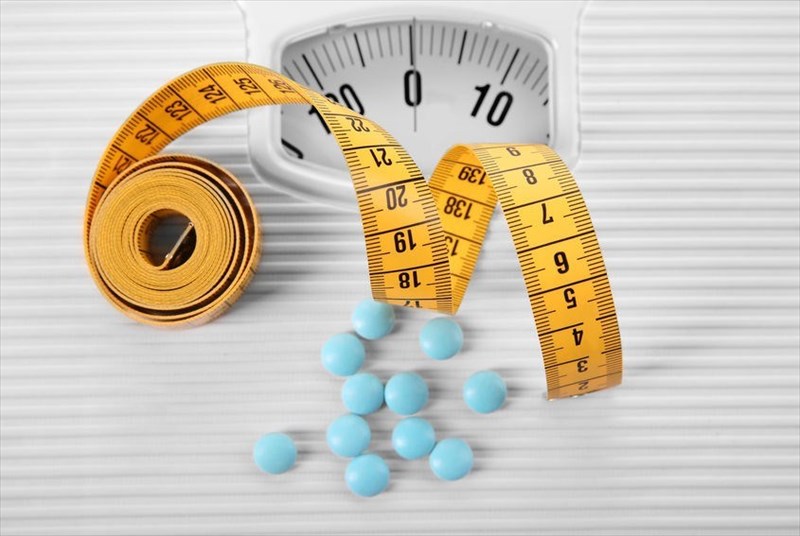
Health
Apr 05th, 2024
Contrave (Bupropion/Naltrexone Combination) For Effective Weight Loss
View Post
about Contrave (Bupropion/Naltrexone Combination) For Effective Weight Loss
Health
Apr 05th, 2024
View Post
about Contrave (Bupropion/Naltrexone Combination) For Effective Weight Loss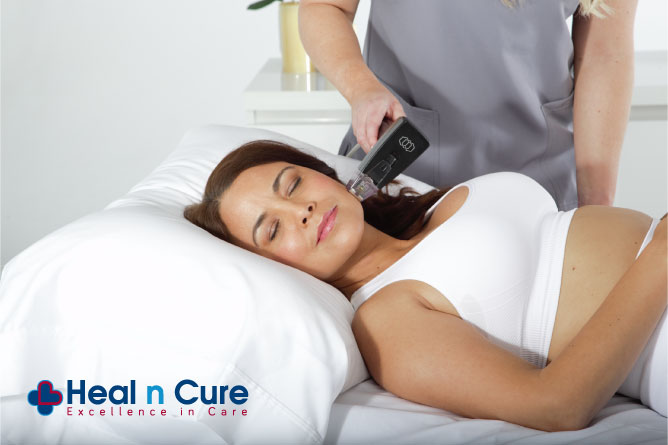
Aesthetics
Apr 04th, 2024
View Post
about Age Gracefully with Morpheus8: The Non-Surgical Facelift Everyone’s Talking About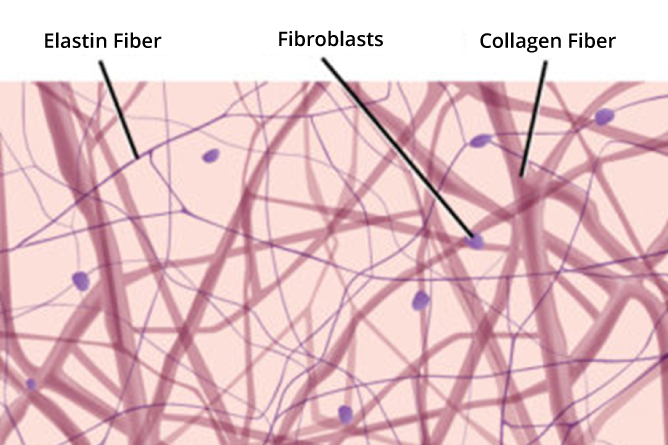
Health
Apr 02nd, 2024
View Post
about Revolutionizing Radiance: Connective Tissues and the Future of Skincare
Dessert
Mar 31st, 2024
View Post
about Healthy Easter: A Functional Medicine Doctor’s Guide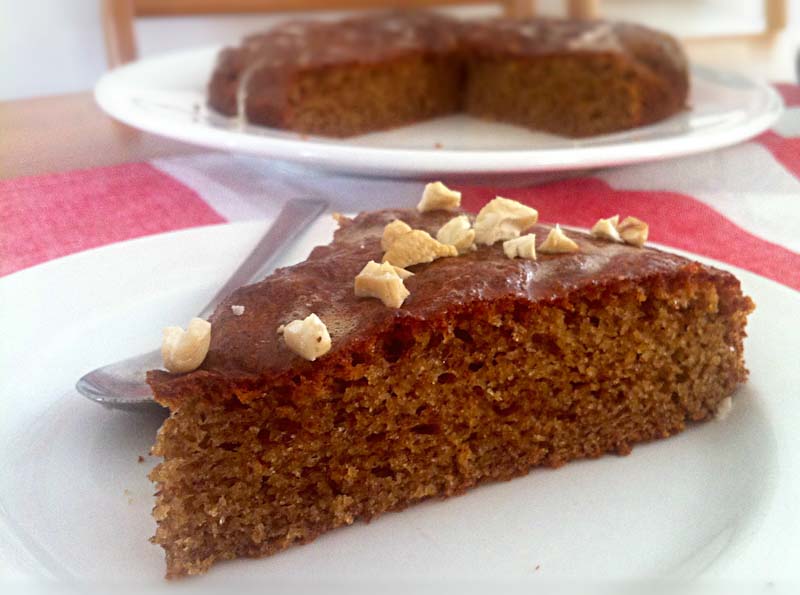
Dessert
Mar 29th, 2024
View Post
about Gluten-free Flourless honey-almond Cake for Easter | Recipe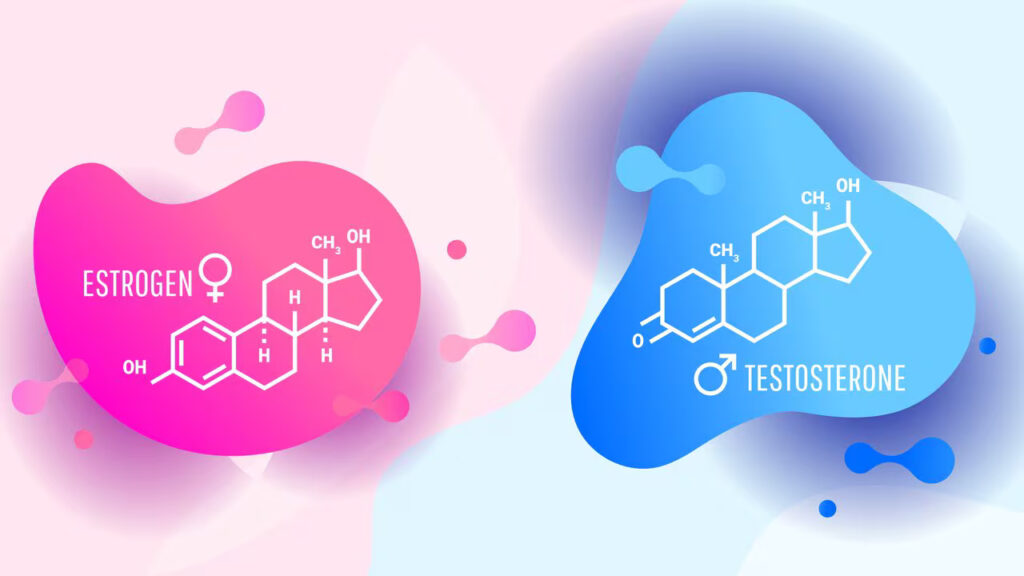
Health
Mar 15th, 2024
View Post
about Reclaiming Vitality: The Power of Testosterone Replacement for Women
Health
Mar 14th, 2024
View Post
about Functional Medicine : Frequently Asked Questions (FAQs)
Health
Mar 14th, 2024
View Post
about Your Guide to Functional Medicine Doctors: What to Expect on Your Wellness Journey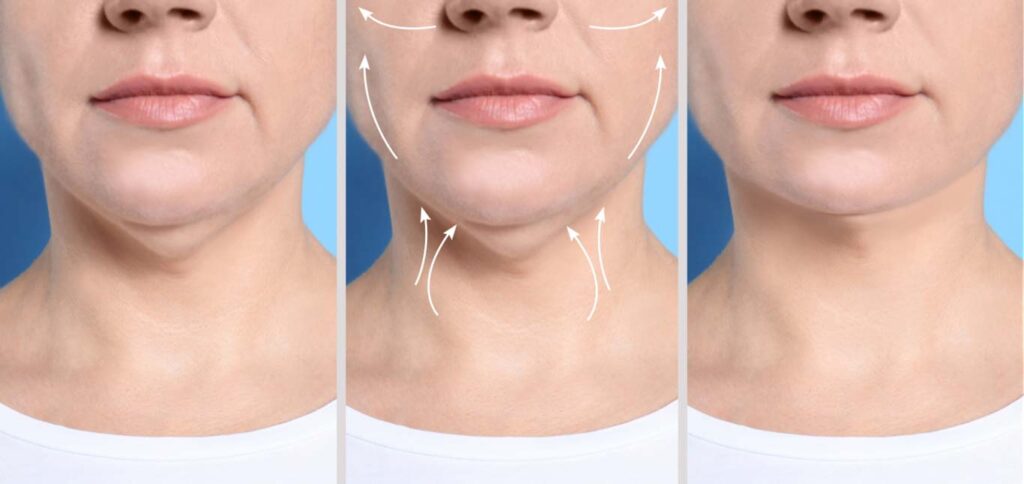
Aesthetics
Mar 01st, 2024
View Post
about The Ultimate Guide To Eliminating Your Double Chin: Effective Methods And Treatments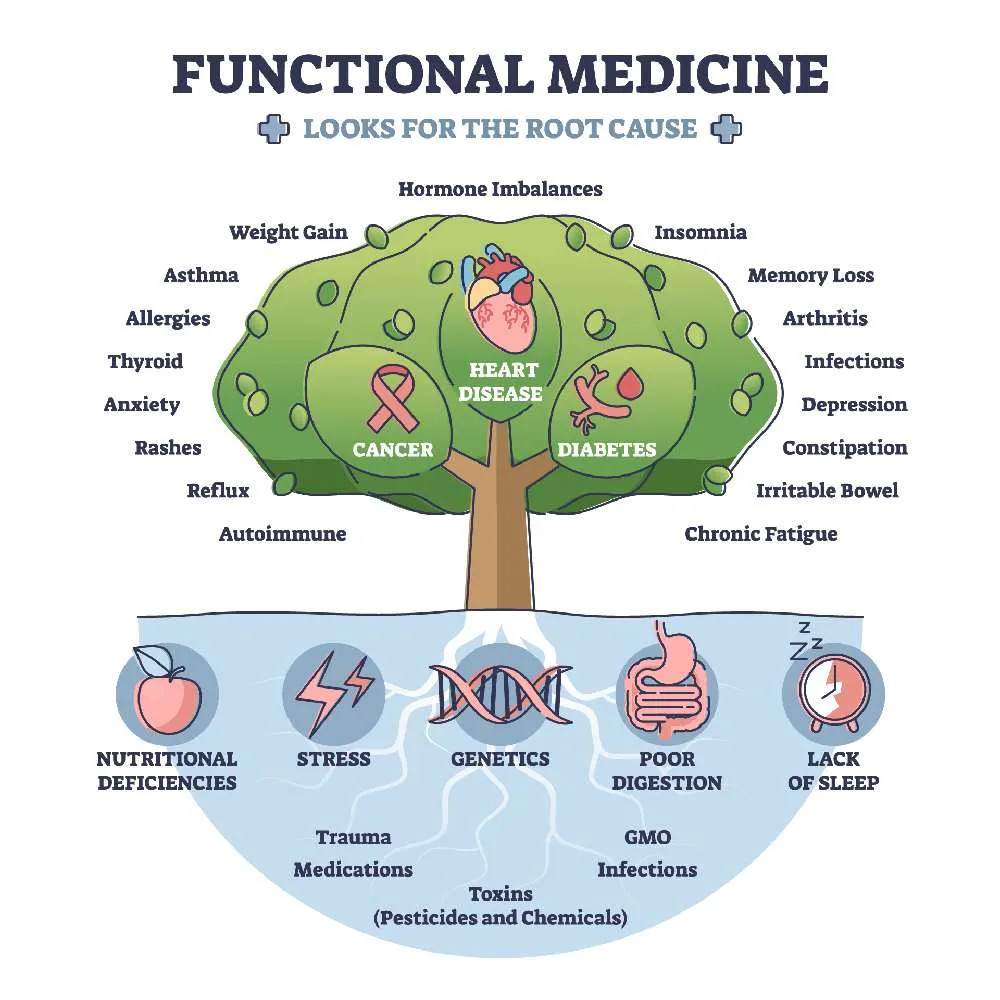
Health
Feb 23rd, 2024
View Post
about Functional Medicine Demystified: Understanding the Path to Holistic Health